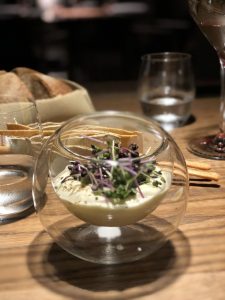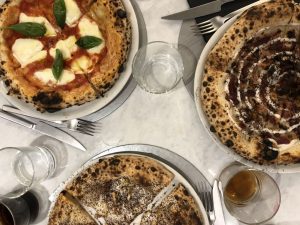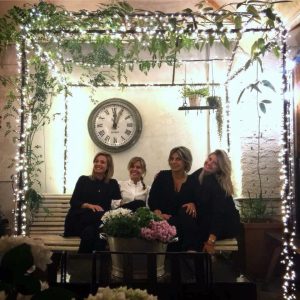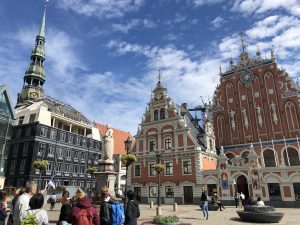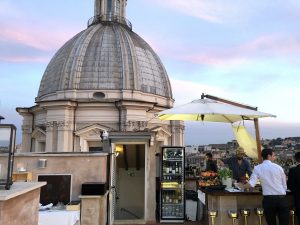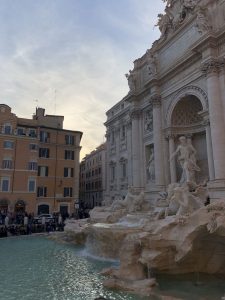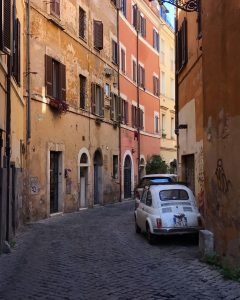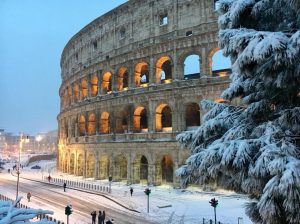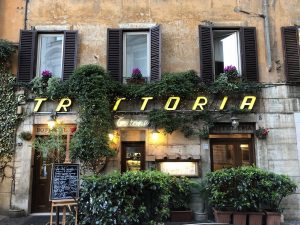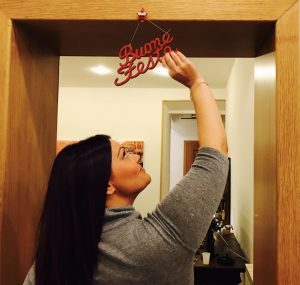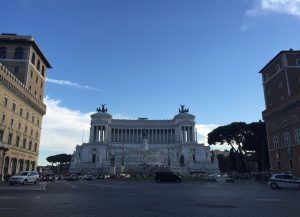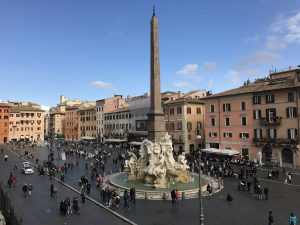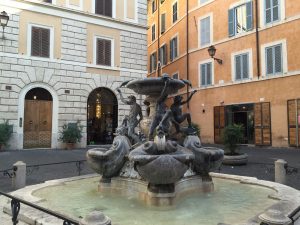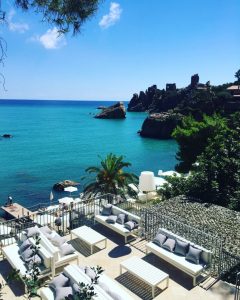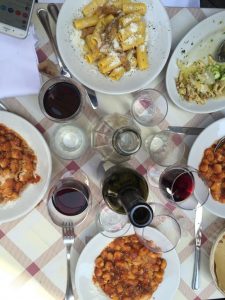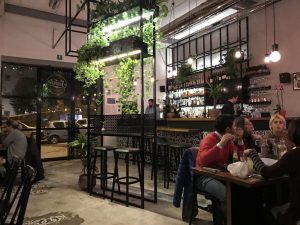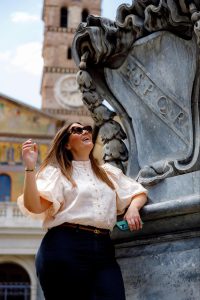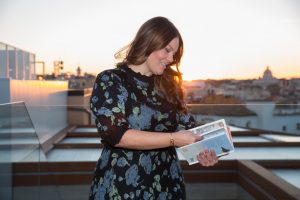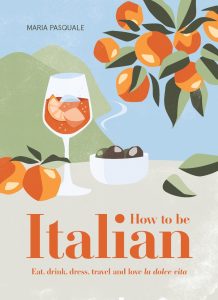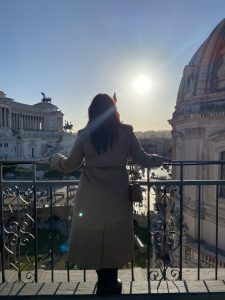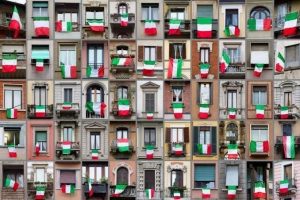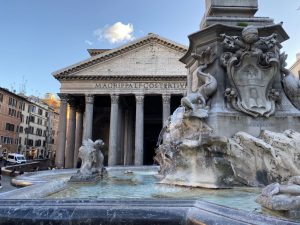I recently took a tour through what used to be the old Jewish ghetto of Rome. Of course I’ve walked through this unique part of the city hundreds of time but walking through with a licensed guide and expert was a totally different experience. And not just any guide. My tour through the ghetto is one offered exclusively through the MasterCard Priceless Cities program.
I’ve walked and I’ve toured this city, but these exclusive offerings are different. They opened me up to a world I didn’t know.  As we crossed the Tiber from Trastevere to the other side, we walked into artisan shops, palaces, chapels and old heritage houses that are not regularly (if ever!) open to the public – it honestly made me feel like a bit of rockstar!
As we crossed the Tiber from Trastevere to the other side, we walked into artisan shops, palaces, chapels and old heritage houses that are not regularly (if ever!) open to the public – it honestly made me feel like a bit of rockstar!
Here’s what I learnt while exploring one of the most fascinating and prettiest districts of Rome:
1. The most unique artisan workshops still exist in Rome
Since the 1950s, Luca Vichi and family have been engraving and designing objects made of precious metals by hand. They became Pope Benedict’s official engravers and continue to serve Pope Frances with apostoli stamps, engraved insignia and other formal Vatican paraphernalia. Walking into this tiny shop on Via di San Paolo alla Regola is an experience. 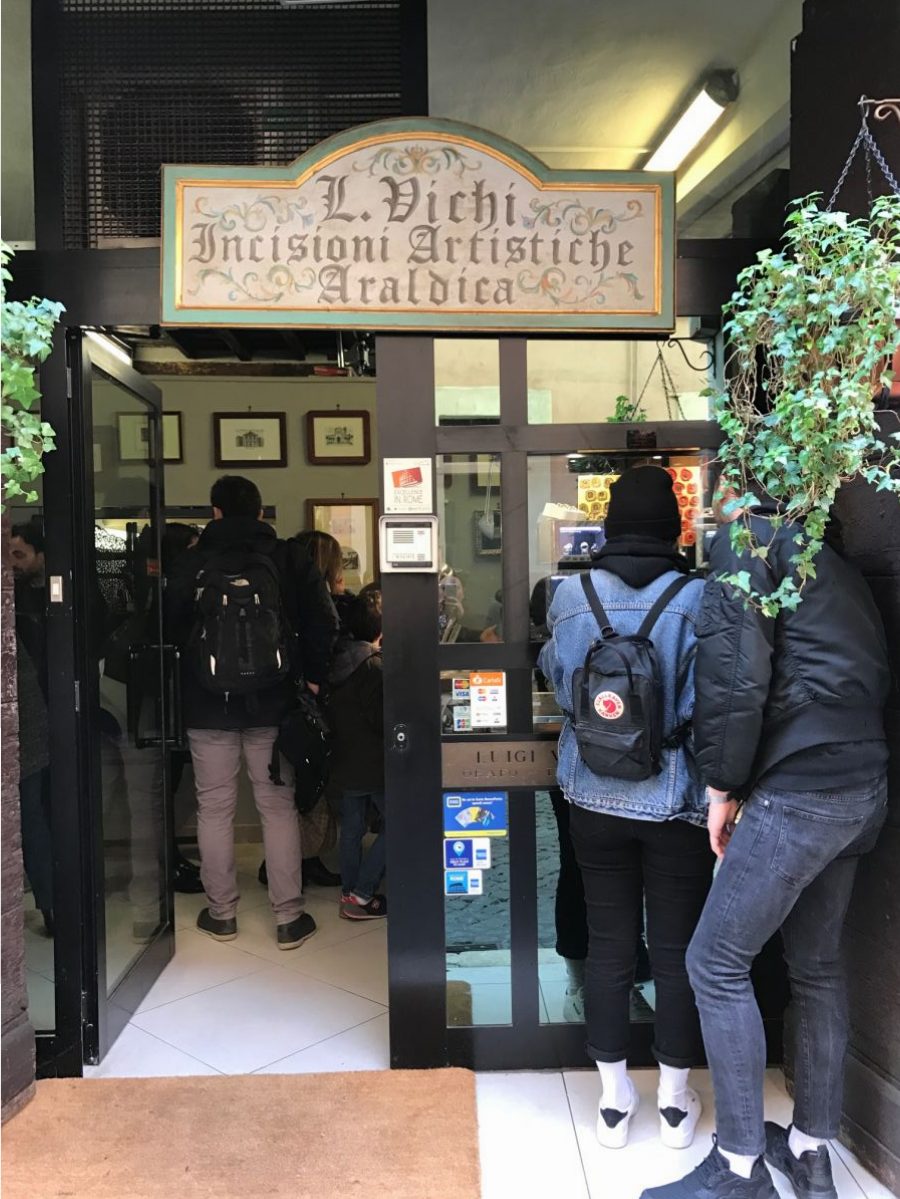
 2. The Chapel of the Palazzo di Monte Pietà is stunning but very exclusive
2. The Chapel of the Palazzo di Monte Pietà is stunning but very exclusive
Palazzo del Monte di Pieta sits in Piazza Monte di Pietà right by Campo de Fiori and has for just a few hundred years. Architects and artists from Salvi to Maderno and Borromini worked on it to create what is trying a gem and masterpiece. Oval in shape, the chapel is gold and green and dark yellow marble. Inspired by Michelangelo’s famous Pietà at the Vatican, the one here is by Domenico Guidi. The high ceilings, the gold and the marble simply mesmerise. To enter however, you must obtain permission at the secretariat of the institution – but with this MasterCard Priceless experience, we just walked right in!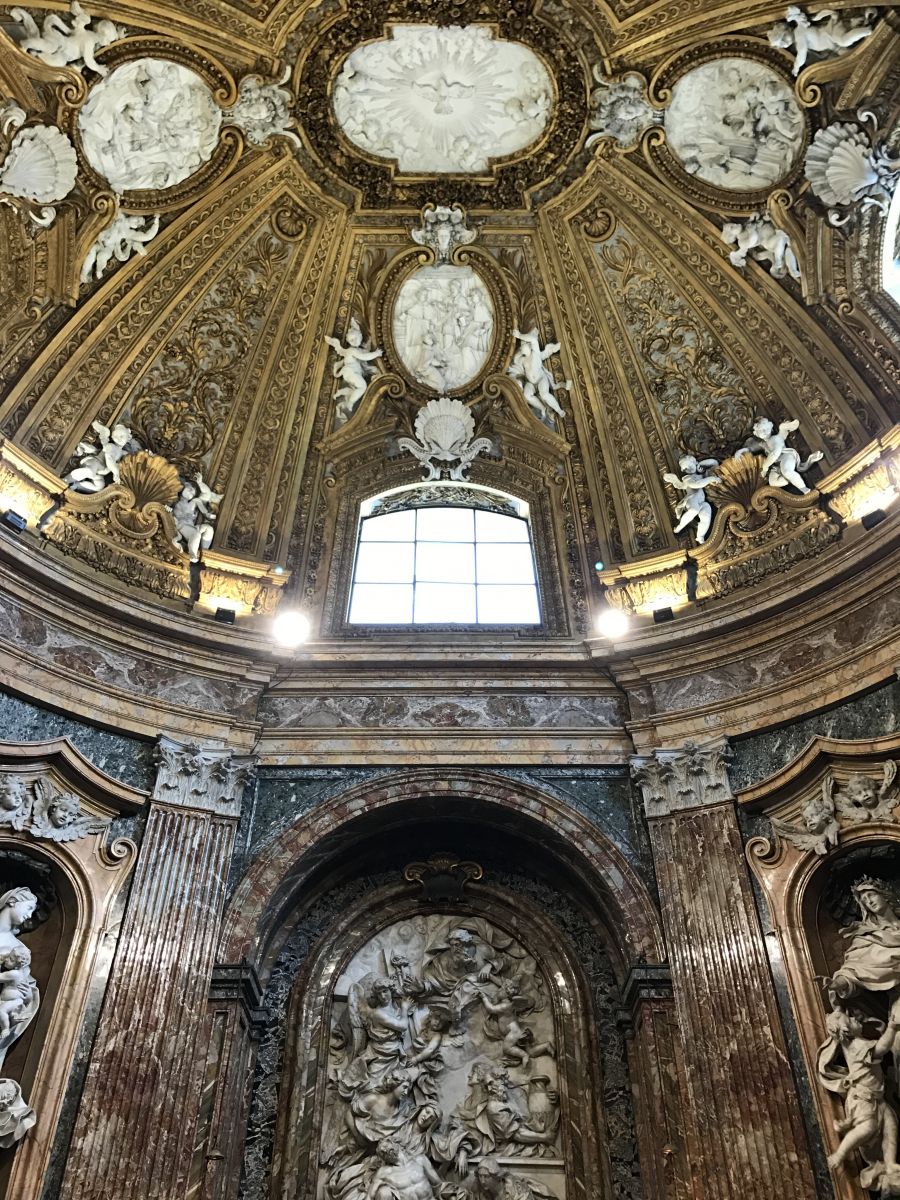

3. I’m not an animal lover but turtles are ok!
The Turtle Fountain or Fontane delle Tartarughe sits in lovely Piazza Mattei and is a fountain of the late Italian Renaissance, built in the late 1500s. Like all Renaissance fountains, it was designed to supply drinking water to the Romans. It features bronze turtles and male figures said to be associated to mythology and Jupiter.
4. The Tiber is one of the borders of the Jewish Ghetto
The ghetto area sits along the Tiber River which our guide described as the ‘highway of the past’; the main thoroughfare for commerce and trade. Sitting within the Rione Sant’Angelo, it was established in 1555 and cut of from the rest of the city by walls which came down in 1888.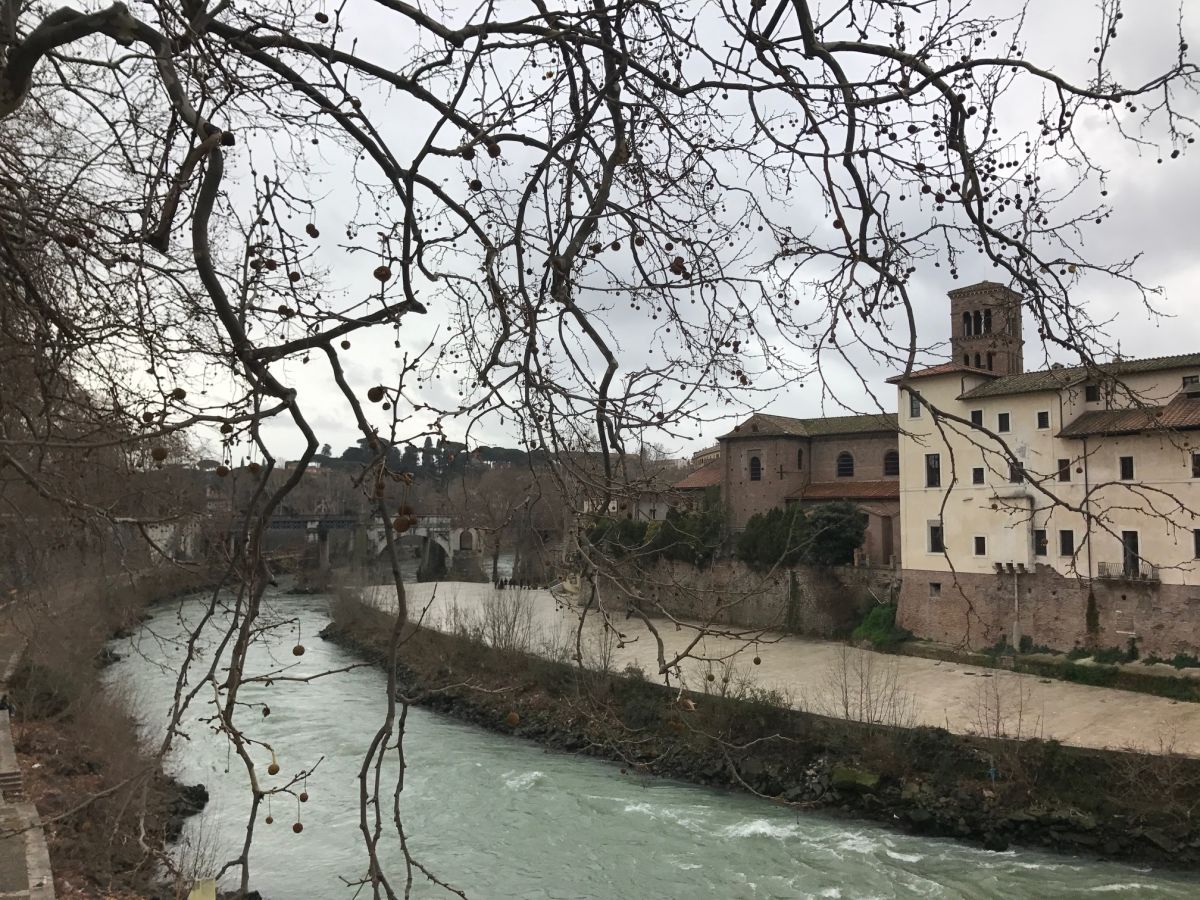
5. The street names of Rome were not given by chance
Historically Rome was completely made up of small and very narrow streets and the only modern day road that has always been central to the city was Via del Corso. Beacause of their proximity to the Tiber, the streets around and between Campo de Fiori and the Jewish Ghetto are particular in that their names signify the historical happenings they used to be known for. This are was full of work shots and traders and once or twice a week they would display their ware at market – for two reasons: one of course, to sell and the second to keep an eye on their competitors’ works and prices. In this area you’ll find: Via dei Falegnami (street of the carpenters), Via dei Giubbonari (street of jacket makers), Via dei Pettinari (street of the comb http://www.ordergenericpropeciaonline.com makers), Via dei Barbieri (street of barbers) and Via degli Specchi (street of mirror makers).
6. I love anything that comes fresh out of bakery
The ghetto area, and in particular Via Portico d’Ottavia is lined with kosher restaurants (kasher is Italian), bakeries, butchers and specialty shops. After a decent walk about, a stop for freshly baked pizza bianca, pizza rossa and pizza with potatoes was in order.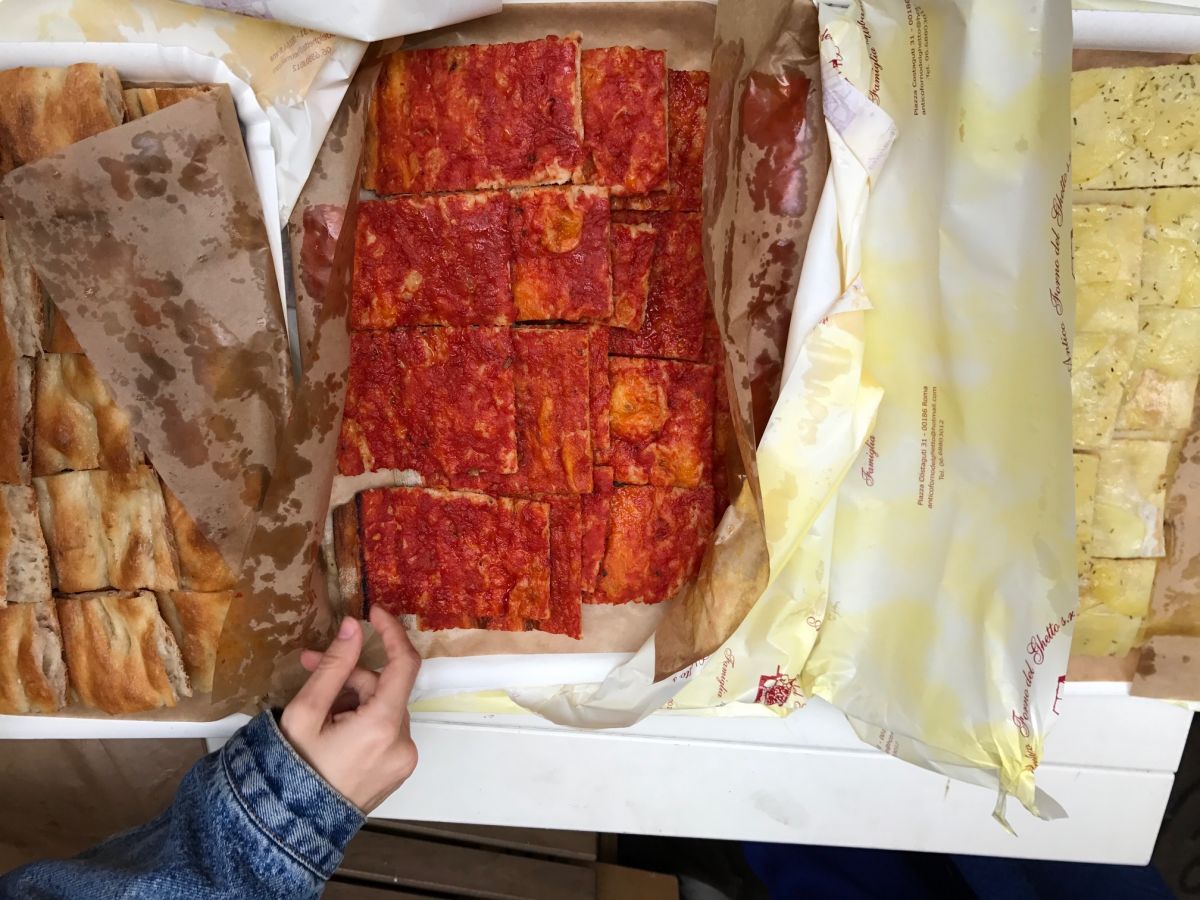

7. And I love biscotti too.
At a bakeries in the ghetto you can find traditional Roman Jewish sweets like pizza ebraica – sweet and spiced bread with candied fruit plus the delicious ricotta and sour cherry tart.

8. I saw where Caravaggio once lived
I have walked passed the entrance to Palazzo Mattei di Giove (right by the Turtle Fountain) but never had I walked in. The Palazzo is one of the most prominent among a group of Mattei houses that forms the insula Mattei in Rome. Designed at the beginning of the 16th century, painter Caravaggio was said to have lived here in 1601. In the 1930s the building was taken over by the Italian government and now houses the State Record Library, Historical Institute for the Modern and Contemporary Age and the Library of Modern and Contemporary History. Just a visit to the courtyard is worth it with its interesting collection of sculptures.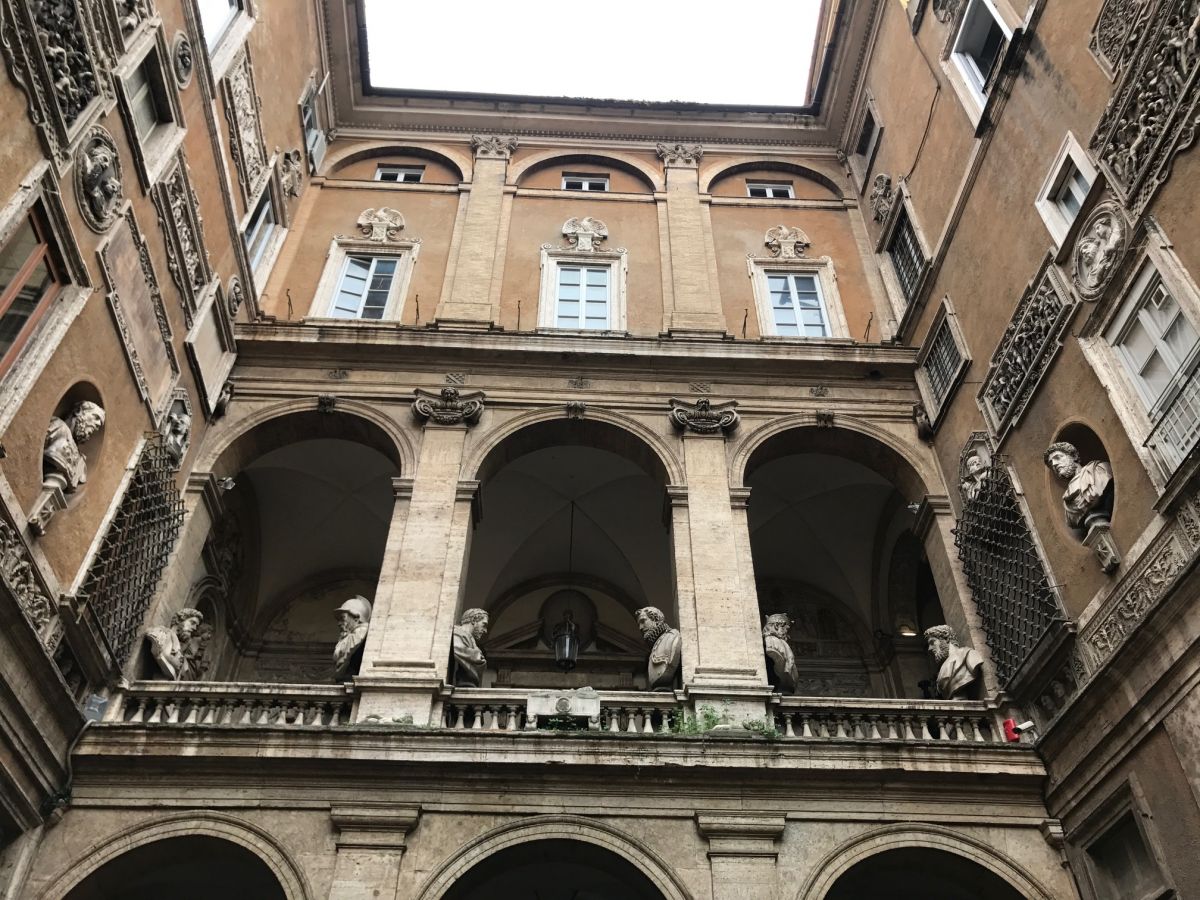
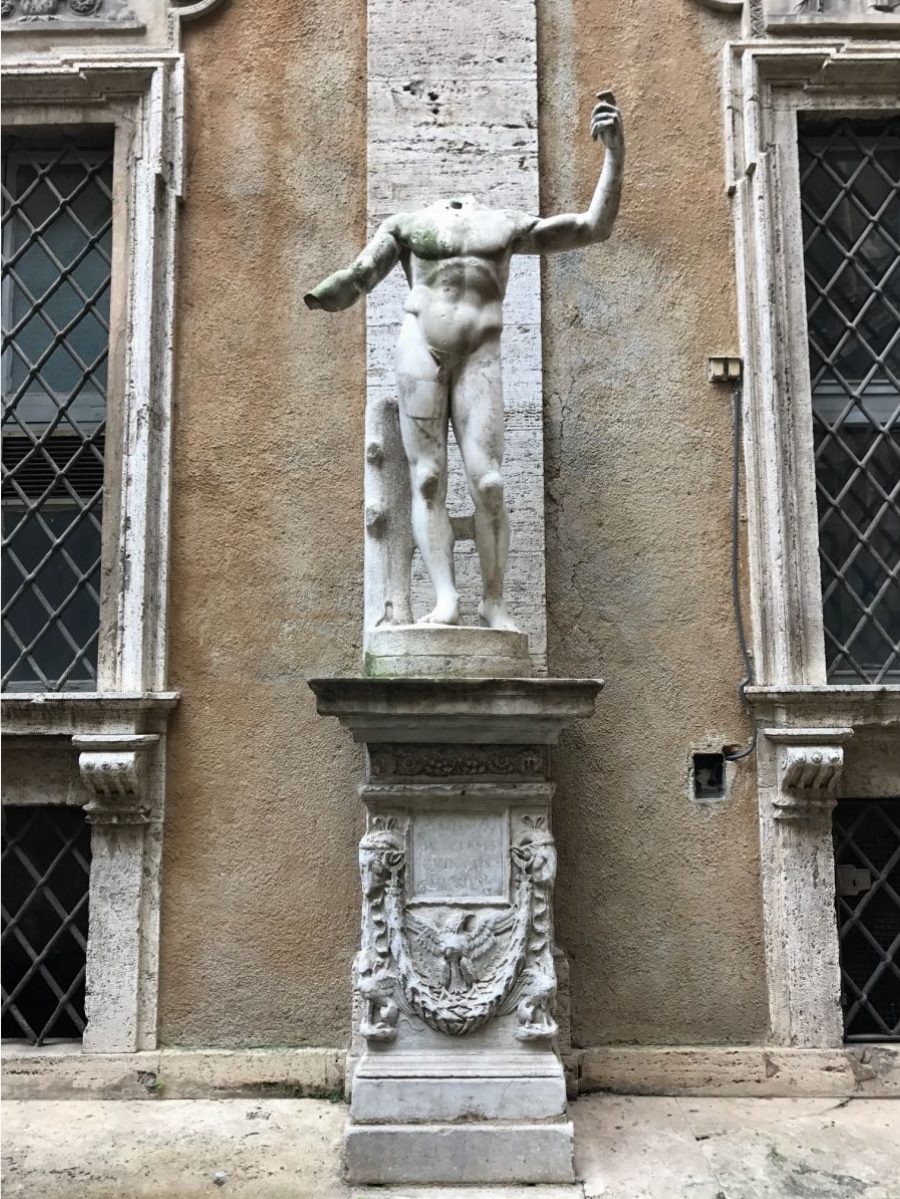 9. The heartbreak of the Ghetto can still be felt
9. The heartbreak of the Ghetto can still be felt
The area was completely destroyed during Nazi occupation. History has it the German Government committed to sparing the deportation of Rome’s Jews in exchange of a gold ransom (the Vatican is said to have contributed to this payment). The community raised the amount but this did not stop Nazi soldier from entering the Ghetto neighbourhood on 16 October 1943. Around 2,000 Jews were deported to Auschwitz. There are many stories of others who were taken in by roman families and even churches and a small number within the Vatican City. Only 1 woman returned to the Ghetto. On our tour we stoped at Via Portico d’Ottavia 13 where it’s said that the majority of Jews were taken (and the house which has subsequently been the focus of contemporary books and literature).
10. Gold cobblestones are poignant works of art that remind us of the past
An art project to honour victims of the holicaust with gold cobblestones has spread across Europe and can be sentthroughout Rome. At the known last residence of deported Jews you can see a gold stone in place of the regular cobblestone with name/s and deportation information. In Italian they are called pietre d’incampio (stumbling stones) and they are a touching reminder of the past.
Info about the Mastercard Priceless Cities program:
Only MasterCard gives you access to the international Priceless Cities program that affords you a world of unique and ‘priceless’ experiences in Rome, Milan and other cities across the globe. Go behind closed doors of some of the best museums, backstage for international artists and musicians, get special entry to various venues, the best table at amazing restaurants and or exclusive offers at world class boutiques. These are just some of the truly unique experiences that have been purposefully designed to let you live a little outside the ordinary. If you’re not already registered, use your MasterCard to subscribe for free to the Priceless Cities newsletter so that you’re the first to know about all the exclusive and priceless offerings across 40 cities around the world. #PricelessCities #PricelessRome
Signing off from Trastevere,
Baci Maria
Disclaimer: I was a guest of MasterCard Priceless Cities but all words and images are my own. Nobody tells me what to write.


